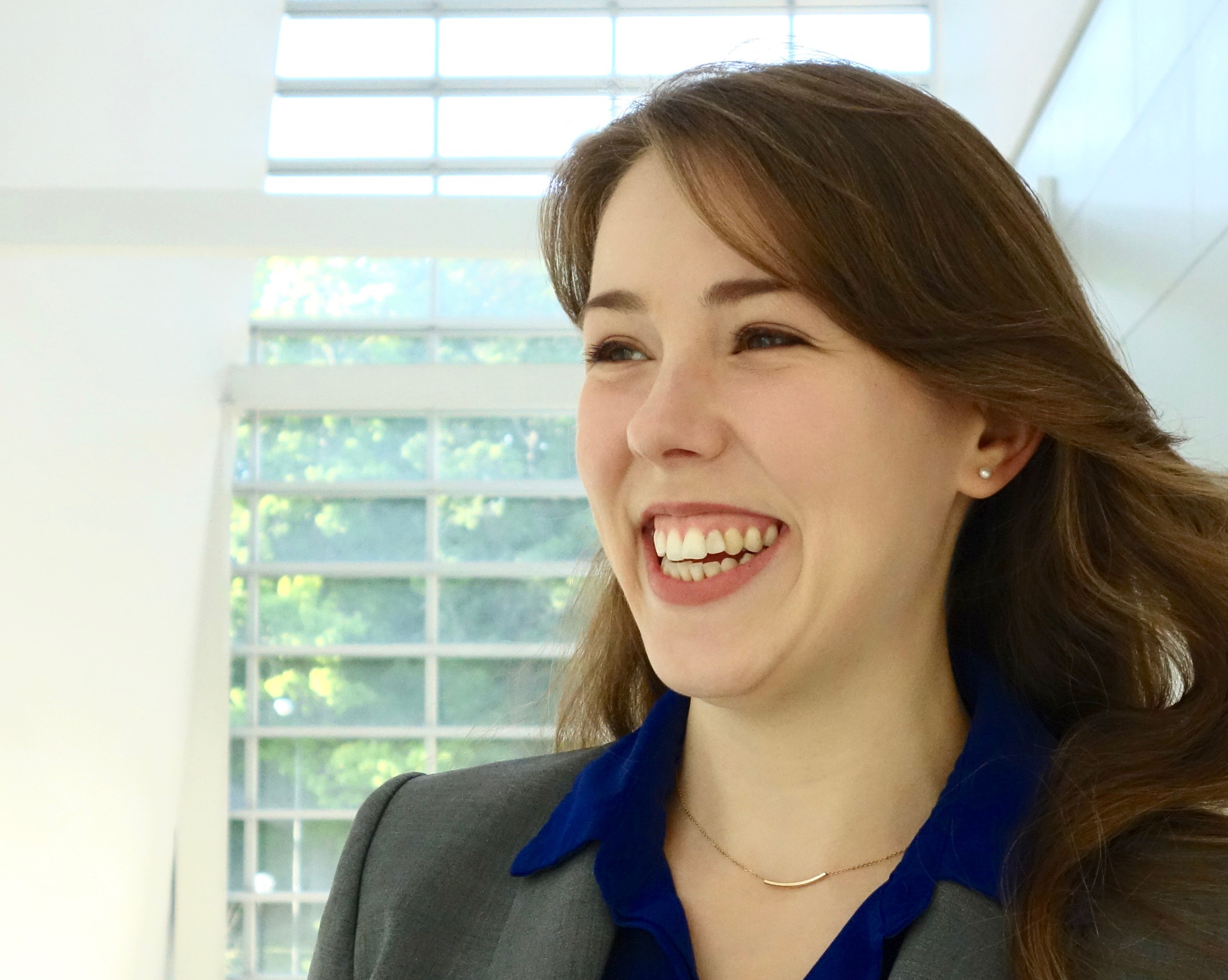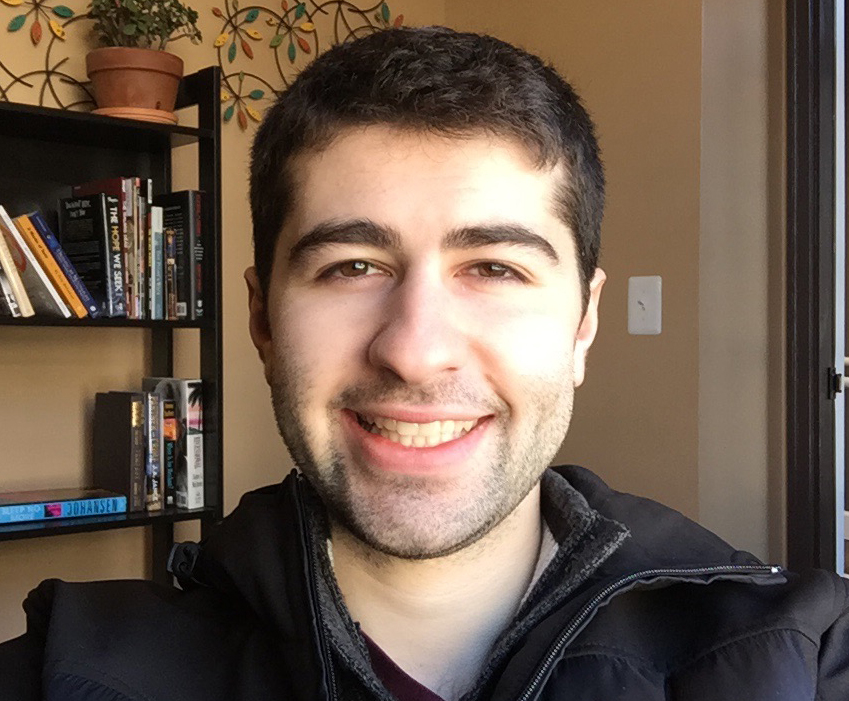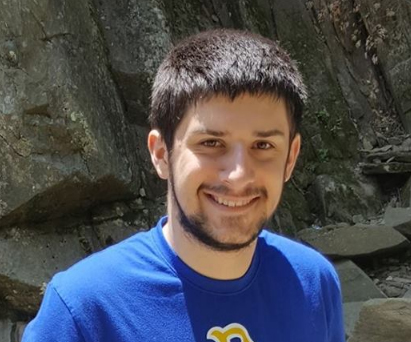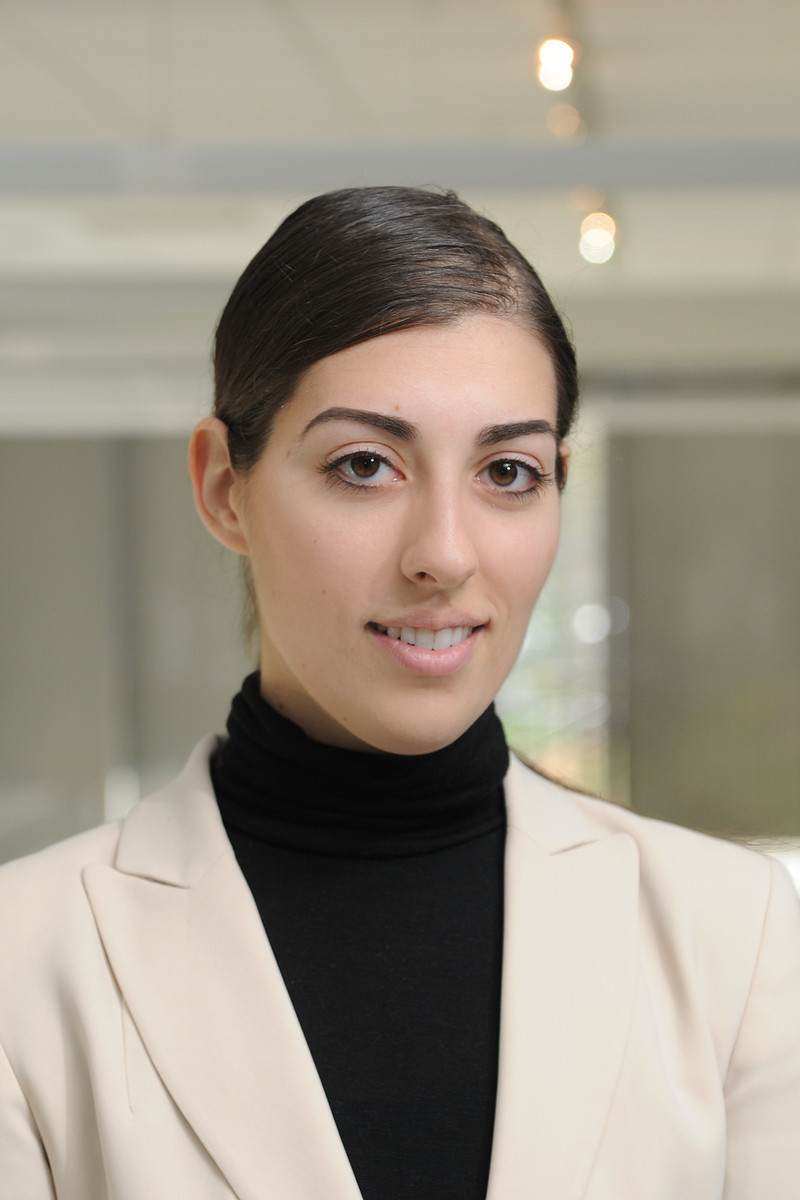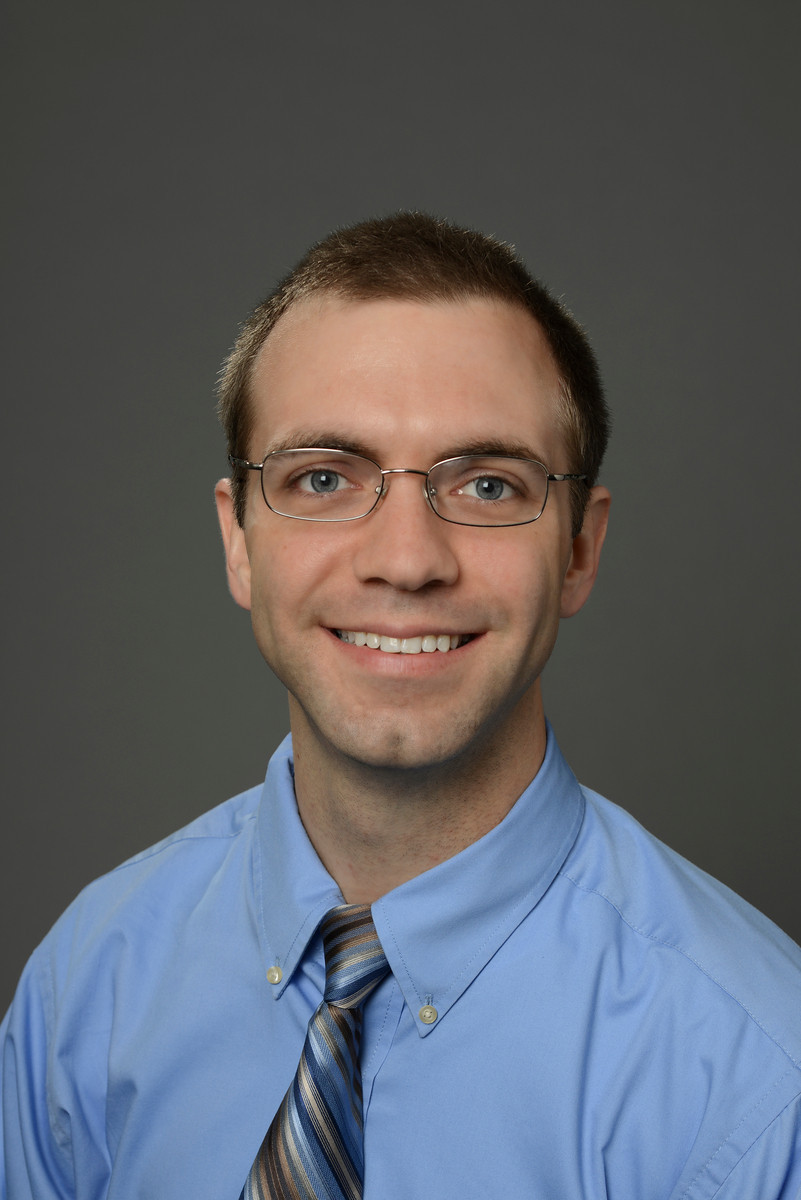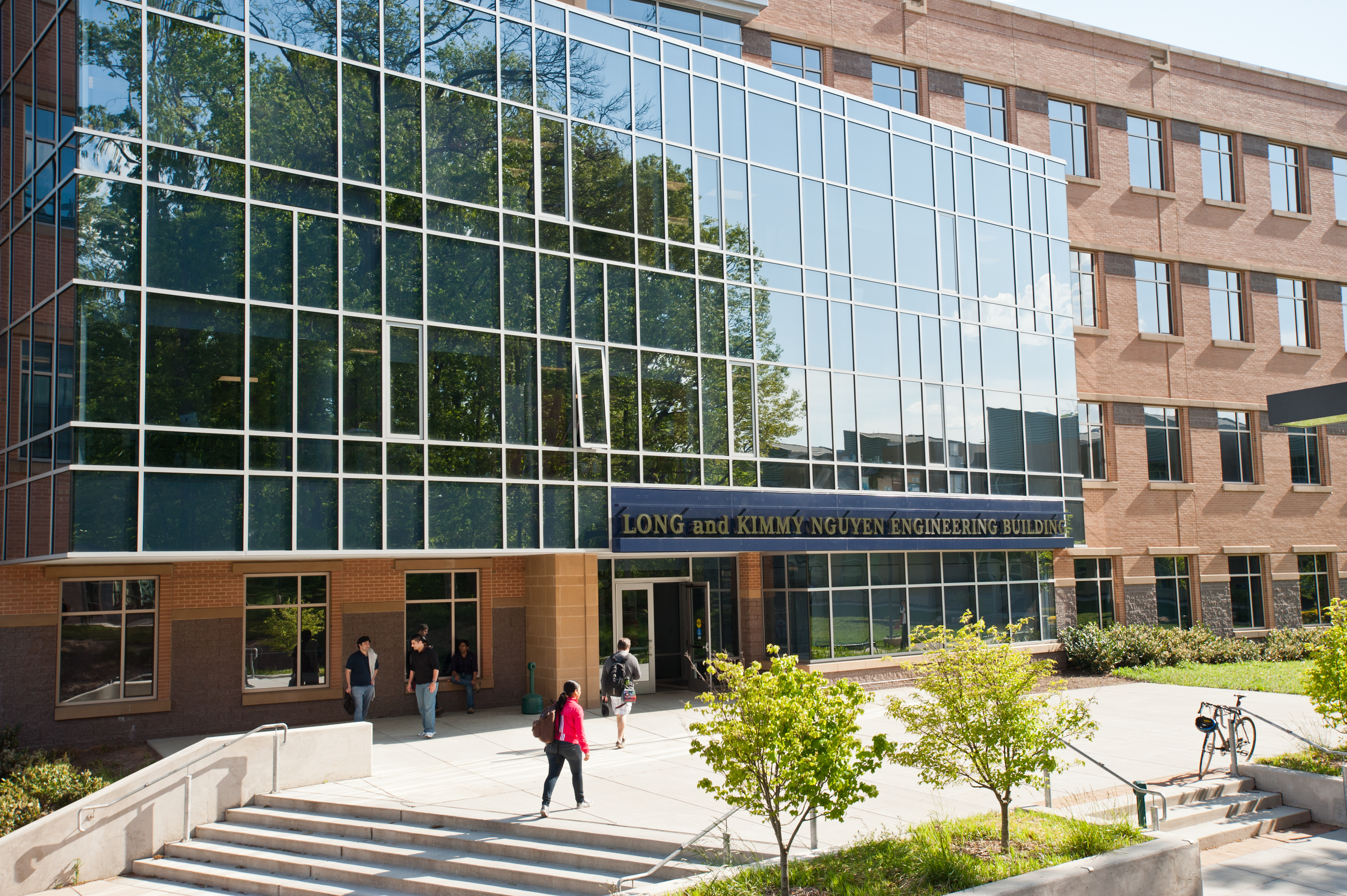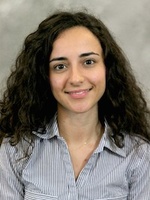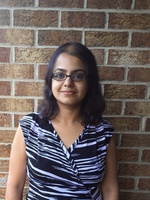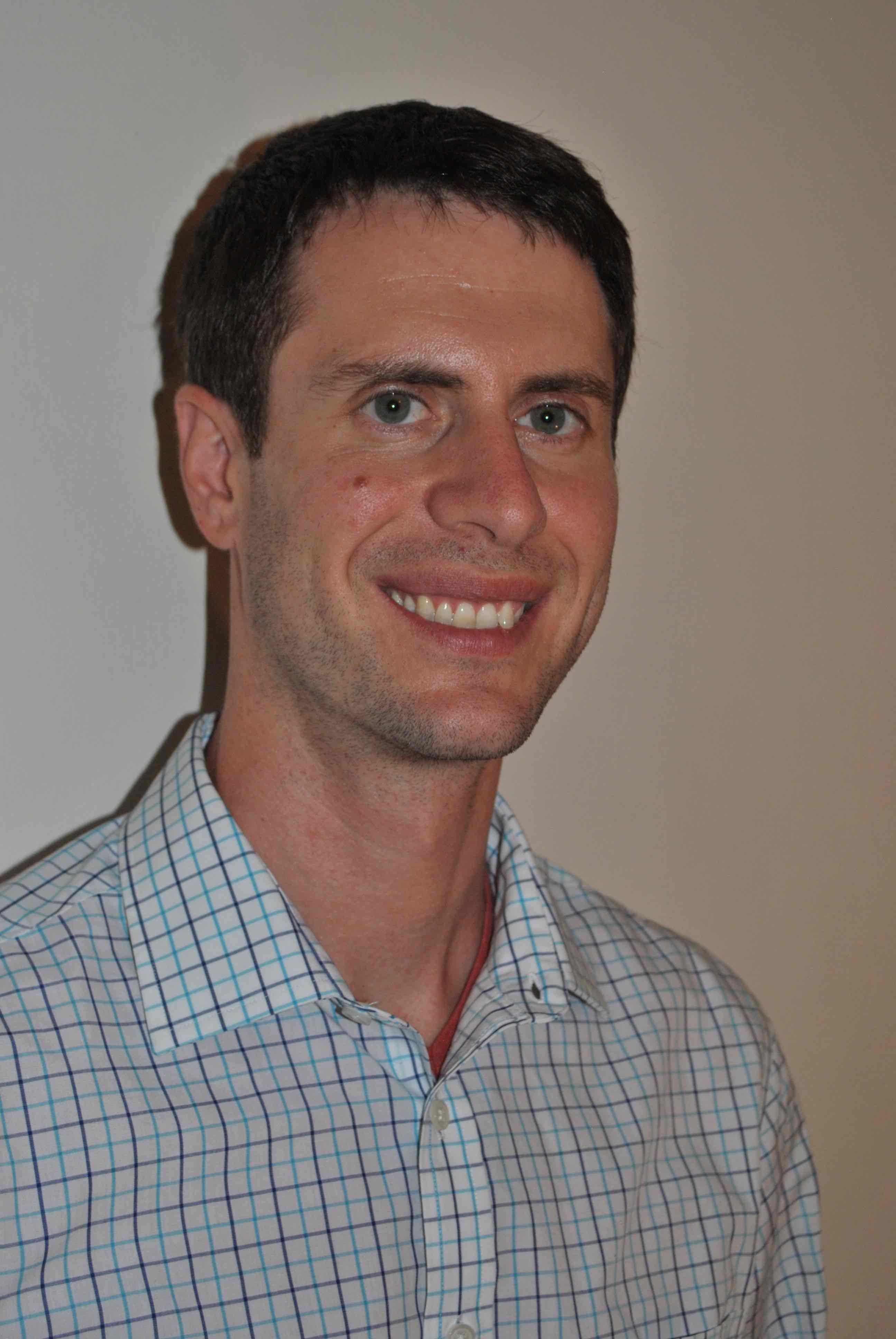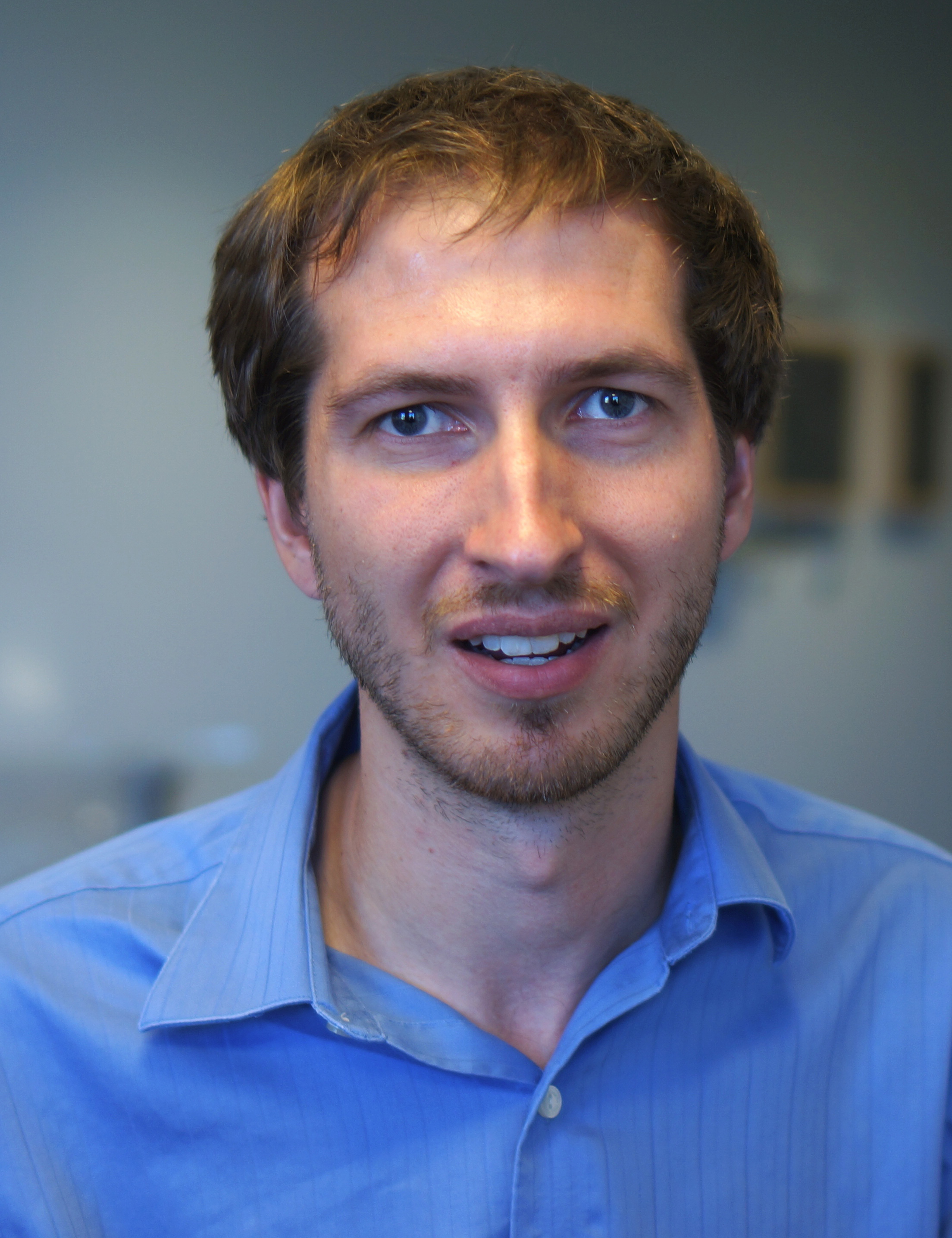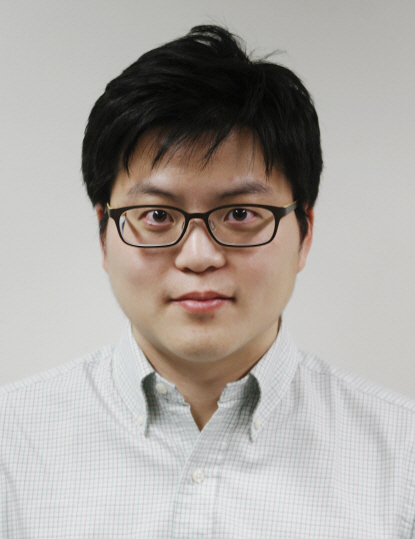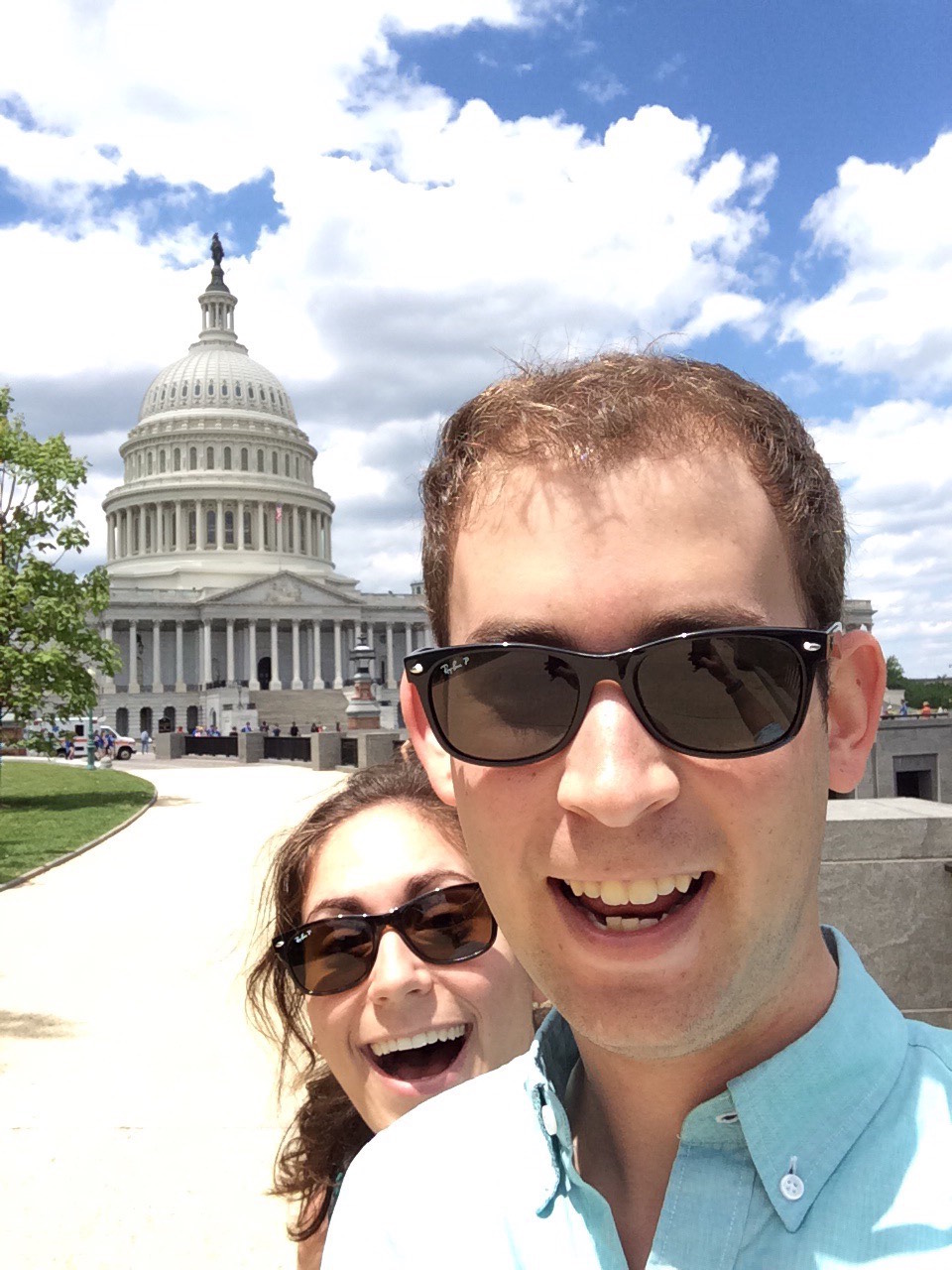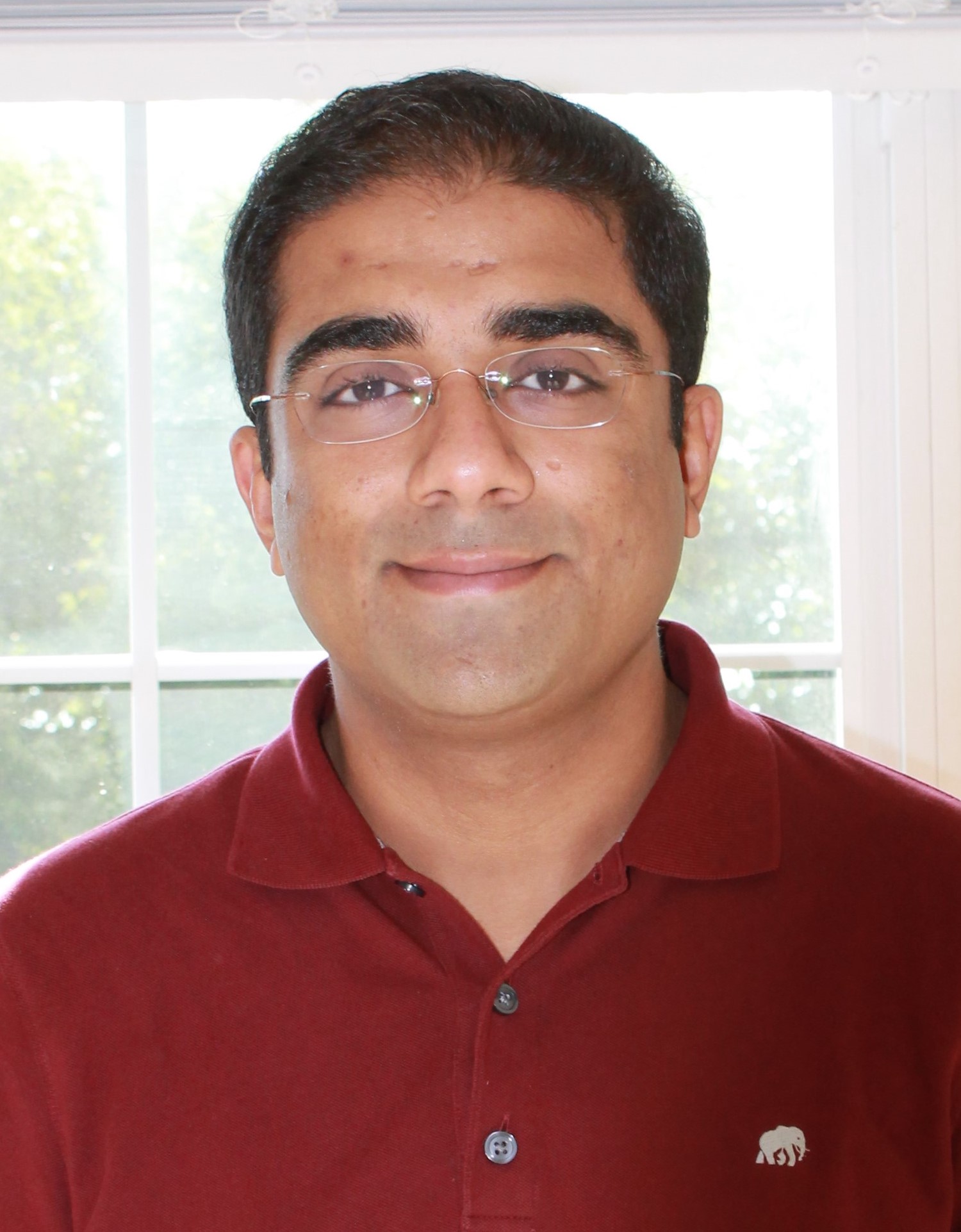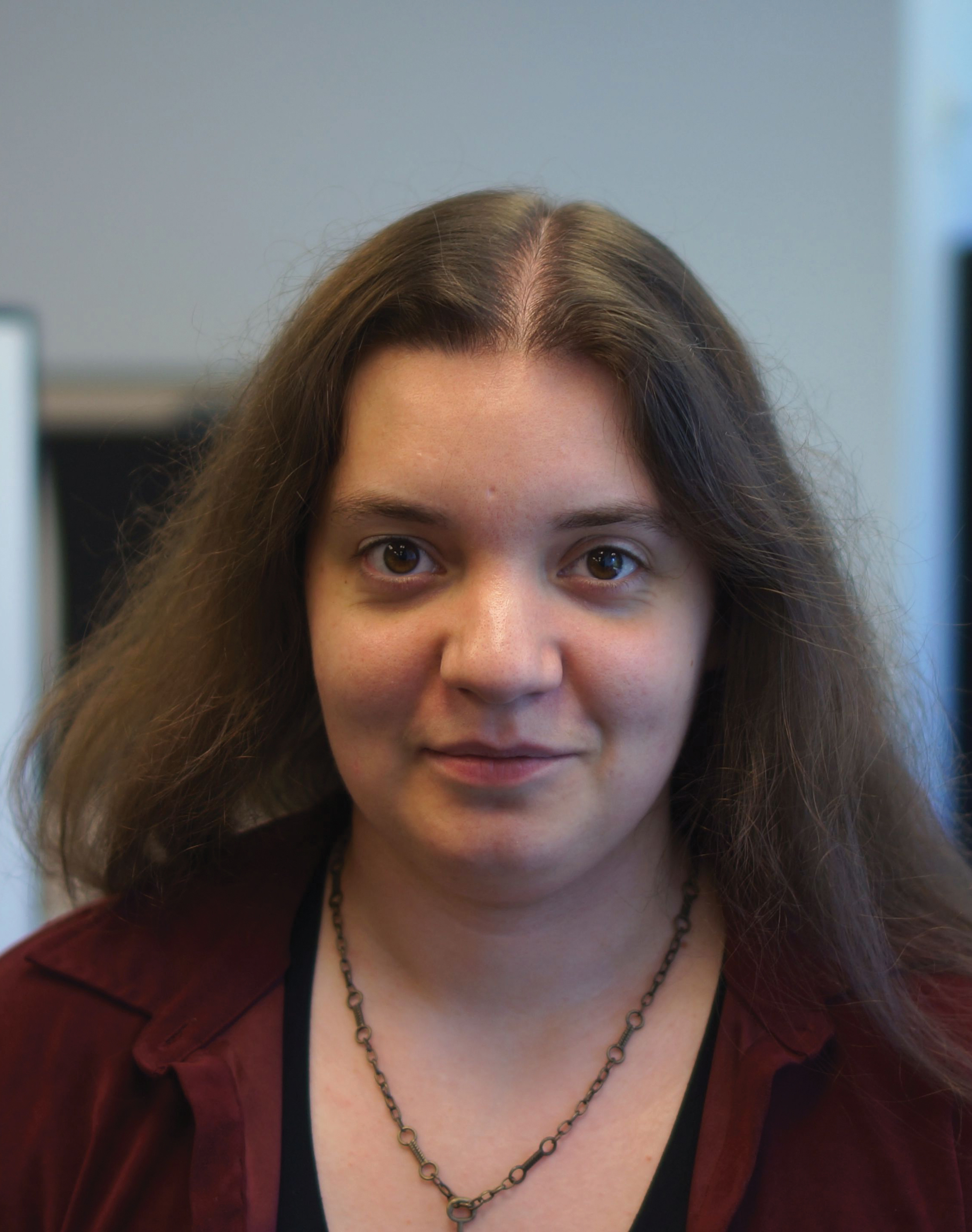
Message From
The Chair
Welcome to the Spring 2017 issue of the CS Department’s newsletter.
GENERATION CS – that’s the title of a recent report from the Computing Research Association (CRA) highlighting the phenomenal growth in Computer Science enrollments in North American universities over the last decade. Generation CS is well represented at Mason – the number of incoming freshmen in the CS undergraduate programs has more than tripled between Fall 2011 and Fall 2016. Indeed, CS is now the most popular major among incoming freshmen (348 students in Fall 2016) at Mason, having overtaken perennially popular majors such as Biology and Psychology over the last couple of years.
While the popularity of CS among students is gratifying, it does pose significant challenges. The department has responded to the enrollment surge by hiring additional faculty and by redirecting resources to the undergraduate programs. In Fall 2011, for example, the department offered nine sections at the senior undergraduate (400) level with an average class size of thirty-three students whereas in Fall 2016 this number had more than doubled to twenty-two sections with an average class size of thirty-nine students.
In comparison to most of our peer universities (where senior CS classes of 100 or more students are increasingly commonplace), we have managed to keep class sizes at roughly the same levels. Ironically one of the reasons for the relatively stable average class size for senior level courses is that there is a severe shortage of large classrooms with capacity above eighty at Mason. We have resisted the urge to schedule classes at 7:30 AM (or on Friday evenings) when there is greater availability of large classrooms, but I am afraid that if the enrollments keep growing at their current rate, CS students – and faculty – may need to get used to early mornings!
A Cyber Sleight-of-Hand
Reconnaissance, weaponization, and payloads are not terms often associated with computer programs. They are the vocabulary of conflict and military engagements. But it is appropriate when considering how to counter the actions of state-sponsored cybersecurity attacks, rogue cyber terrorists, and organized crime. The growing sophistication of cyber attacks and the ease of hackers to plumb the depths of seemingly secure systems, is a threat to national security, financial institutions, commerce, and infrastructure
Mason CS researchers, Angelos Stavrou, Dan Fleck, and Constantinos Kolias are fighting back against one of the most common cyber attacks, the distributed denial-of-service, DDOS attack. This happens when a bad actor attempts to disrupt a server to either slow it down or render it useless by overloading the server with bogus requests.
The team’s solution is to shuffle the servers and through their MOTAG tool, identify and segregate the attackers. “Legitimate users are minimally affected,” says Angelos Stavrou, the project’s PI, “and the bad actors don’t realize what is happening either. We don’t block them from the server as that would show our hand.” Part of the project is to then determine a way to trace the attackers on the segregated server.
The project, called SR2, which stands for Shuffle, Redirect, Replicate, is meant to work on cloud-based systems where there is large server capacity.
Think Amazon web services. Amazon is also a partner in the project and the team will be testing the tool in the Amazon cloud. Stavrou says, “The cloud has an elasticity of resources and can expand and contract making this type of counter attack affordable and easy.”
The main funder of this project is DARPA, the agency awarded the team, which also includes researchers from Columbia University, Penn State, and BAE Systems, a four million-dollar grant. The project is now in its second eighteen-month period. The agency is interested in defenses for its federal cloud services.
This type of research has broad government and private benefit. Stavrou explained the idea and initial research for this tool came from one of his students, Quan Jia, who has since graduated from Mason. They were able to turn it into a working research project. Having transition partners to support these ideas is essential. The federal government helps with the costs associated with the time intensive research. Partners such as Amazon, however, are key because they help develop these tools into viable commercial applications. The project can move from an academic or government specific solution to a wider audience. This could be a tool that Amazon offers to its customers, an affordable solution to a growing problem.
